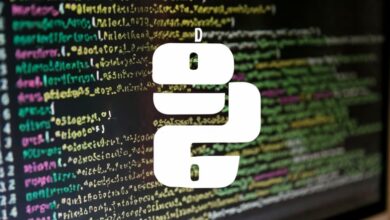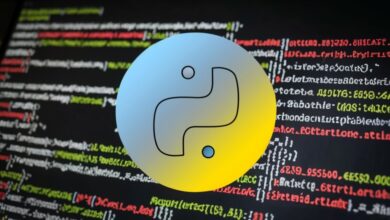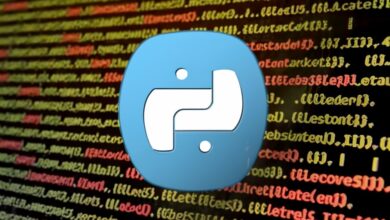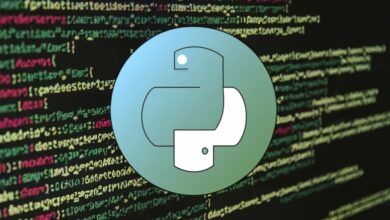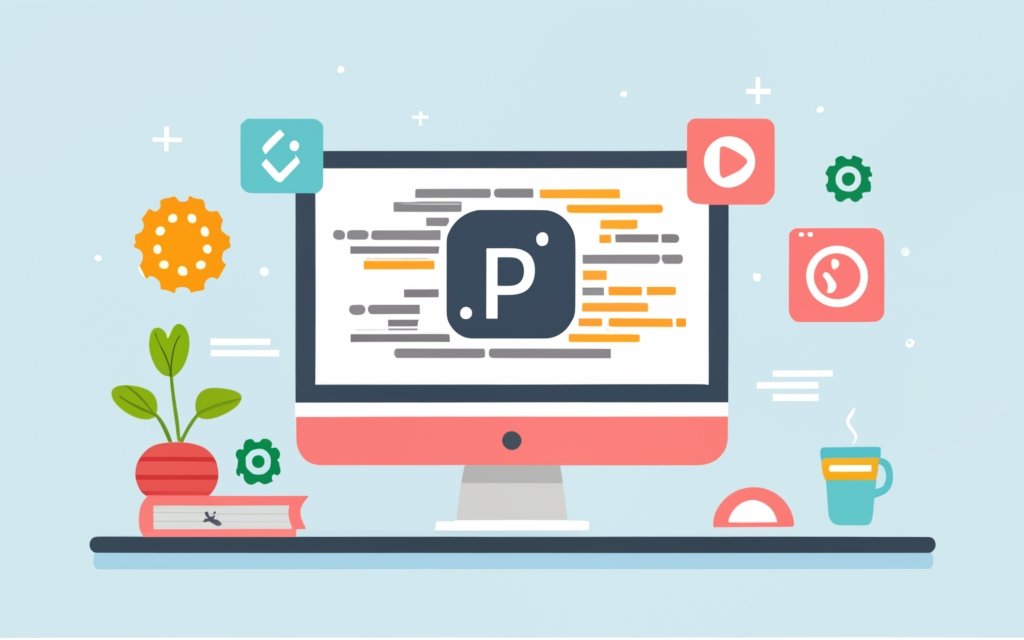
Introduction to Python for Beginners
Welcome to the Wonderful World of Python!
Python is a powerful, versatile, and beginner-friendly programming language that has taken the world by storm. Its easy-to-read syntax, vast array of libraries, and diverse applications make it a perfect starting point for anyone venturing into the exciting realm of coding. This comprehensive guide will serve as your roadmap to navigating the fundamentals of Python and equip you with the knowledge to kickstart your programming journey.
2. Why Choose Python?
There are numerous reasons why Python is an excellent choice for beginners and seasoned programmers alike:
- Simple and Readable: Python’s syntax is known for its clarity and resemblance to natural language, making it easier to learn and understand compared to other languages with complex syntax.
- Versatility: Python’s vast ecosystem of libraries and frameworks empowers you to tackle diverse tasks, from web development and data science to machine learning and game development.
- Free and Open-Source: Python is an open-source language with a vibrant community, providing free access to its core interpreter, extensive documentation, and countless learning resources.
- Large and Supportive Community: Millions of Python developers worldwide contribute to its growth and offer readily available support through forums, online communities, and local meetups.
3. Getting Started with Python
Setting up your Python environment is a breeze! Here’s a quick overview:
- Install Python: Head over to www.python.org and download the latest version of Python for your operating system. The installation process is straightforward and user-friendly.
- Choose an IDE or Text Editor: Integrated Development Environments (IDEs) like PyCharm or Visual Studio Code offer features like syntax highlighting, code completion, and debugging tools. Alternatively, you can use a simple text editor like Sublime Text or Notepad++ for a more lightweight experience.
- Write Your First Program: Open your chosen editor and start writing Python code! Even a simple program like printing “Hello, world!” can get you familiar with the basic syntax and execution process.
4. Python Fundamentals
Once you’re set up, let’s delve into the core building blocks of Python:
- Variables and Data Types: Variables store data like numbers, text, or booleans. Python has various built-in data types like integers, strings, floats, and lists to handle different kinds of information.
- Operators: Operators perform mathematical and logical operations on data. Python provides arithmetic operators (+, -, *, /), comparison operators (==, !=, <, >), and logical operators (and, or, not) to manipulate data and control program flow.
- Control Flow: Control flow statements like
if,else, andwhileloops allow your program to make decisions and repeat actions based on conditions. - Functions: Functions are reusable blocks of code that perform specific tasks. You can define your own functions or use built-in functions to avoid repetitive code and improve program modularity.
5. Learning Resources
The abundance of learning resources available for Python makes it easy to find the perfect fit for your learning style:
- Online Tutorials: Interactive platforms like Codecademy, DataCamp, and Coursera offer structured courses and challenges to learn Python at your own pace.
- Books and Documentation: Comprehensive books like “Automate the Boring Stuff with Python” by Al Sweigart and the official Python documentation provide in-depth explanations and reference material.
- Video Tutorials: YouTube channels like Sentdex and freeCodeCamp offer engaging video tutorials on various Python topics for visual learners.
- Online Communities: Online forums and communities like Stack Overflow and Reddit Python subreddit are valuable resources for asking questions, getting help, and staying connected with the Python community.
6. Practice Makes Perfect!
The key to mastering Python is consistent practice. Here are some ideas to get you started:
- Solve coding challenges: Platforms like HackerRank and LeetCode offer coding challenges of varying difficulty levels to test your skills and learn new concepts.
- Build small projects: Start with small projects like creating a simple game, automating tasks, or web scraping to apply your knowledge and gain practical experience.
- Contribute to open-source projects: Find open-source projects on GitHub that match your interests and contribute your code. This is a fantastic way to learn from experienced developers and collaborate on real-world projects.
Remember, the Python journey is an ongoing process of exploration and discovery. Embrace the challenges, celebrate your successes, and keep learning as you continue to unlock the incredible possibilities of this powerful programming language!

